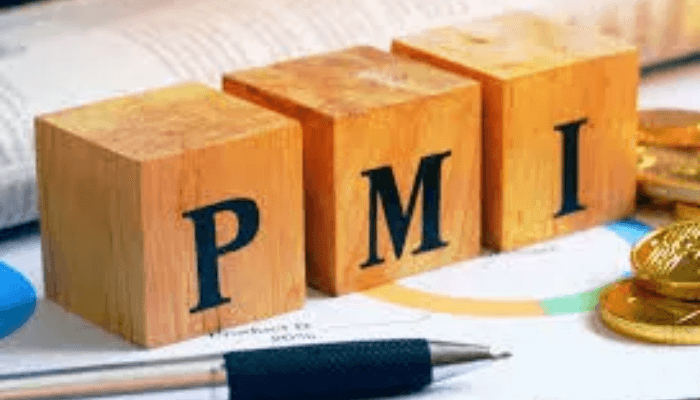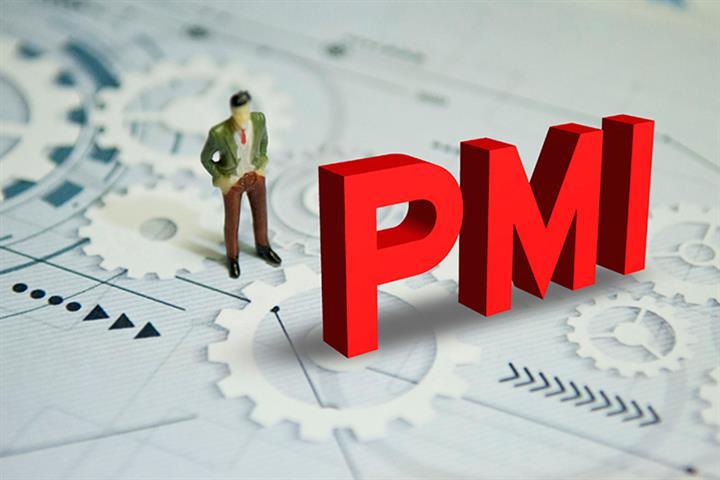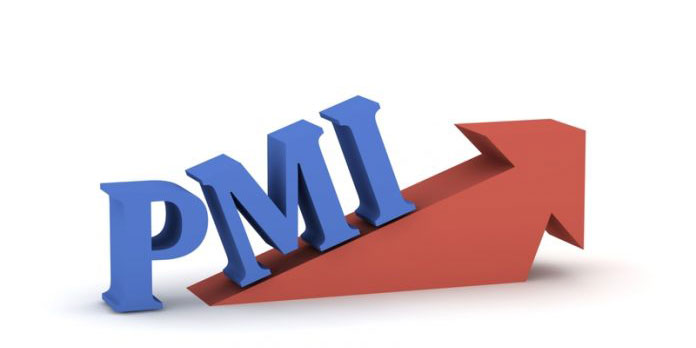The purchasing managers' index is a metric that gauges economic activity by measuring firms' replies to surveys. The manufacturing PMI and the services PMI are the two types of PMI surveys conducted most often. These are made public for the United States of America and many other industrialized nations, including countries that are members of the Eurozone.
By understanding the PMI, one may get insight into the most current market circumstances and detect prospective slowdowns in economic growth. For instance, you may consult the PMI to find out how well manufacturing companies are doing. Based on whether or not they are advancing or regressing, you can make inferences about the state of the economy.
What is the Function of the PMI?
Multiple surveys of purchasing managers at companies in the manufacturing or services industries make up the purchasing managers' index (PMI). These polls are aggregated into a single numerical result based on one of the multiple potential responses to each question. The specific questions that are asked and the responses that are given on the surveys are different for each surveyor. The ISM and IHS Markit are the two firms used most often as surveyors. The most frequently asked inquiries are as follows:
- New orders
- Production at a factory
- Employment Timing of deliveries from suppliers
- Purchased goods in inventory
These are some of the most often given responses:
- Improvement
- No change
- Deterioration
Most economic indicators base their findings on an analysis of historical data. Since economic surveys provide sight into the future, they are especially useful to investors who seek to anticipate what will happen in the future rather than looking at what has happened in the past.
Investors use PMI surveys as leading indications of the health of the economy. They provide information on sales, employment, inventory, and prices. The purchases made by the manufacturing sector often respond to changes in consumer demand and are frequently among the first signals that an economic downturn is occurring. Because they are often the first significant surveys distributed every month, they are among the most closely followed economic indicators.
Calculating the PMI
The Purchasing Managers' Index (PMI) is a diffusion index, which means it evaluates change's impact on several different indicators. A diffusion index is an extremely helpful tool when identifying economic turning moments, such as changes in unemployment rates reported by the Bureau of Labor Statistics. The Purchasing Managers' Index (PMI) might indicate whether or not economic conditions are improving at the enterprises polled. The method used to compute the PMI gives weights to each common factor. These weights are then multiplied by 1 for improvement, 0.5 for no change, and 0 for deterioration to arrive at the final score. The following is an example of how the formula looks:
- PMI = (P1*1) + (P2*0.5) + (P3*0)

What It Implies for Those Who Invest on Their Own
The purchasing managers' index is an essential statistic for foreign investors interested in forming an opinion on the rate of economic growth. Investors widely use the purchasing managers' index (PMI) as a leading indicator of growth or contraction in the gross domestic product (GDP). As is evident from the minutes of meetings held by the Federal Reserve, the findings of PMI surveys are also included in determining monetary policy by central banks.
The PMI's individual components each have potential applications in the market. The rise in supplier deliveries and paid prices is something that the bond markets keep an eye on. These numbers may light the likelihood of inflation occurring in the future. Because bonds are investments that provide a fixed income, the devaluing effect of inflation may have a negative impact on their pricing. Investors that have a particular interest in a certain industry could also investigate the purchasing tendencies that exist inside the various vertical markets.
How to Find PMI Data

The purchasing managers' index may be found in various locations, depending on the firm and the nation in which it is produced. ISM and IHS Markit, for instance, are two organizations that produce PMI data for the United States. The data provided by the Chinese Bureau of Statistics are their own. For PMI data, two most common sources, IHS Markit and ISM are the one's most investors trust.
The International investors can get the most recent PMI data from websites such as Trading Economics for different nations. Investors can look into the significance of any changes since the financial media routinely publicize PMI data.
If the PMI for a particular nation drops, investors may consider lowering the amount of money they have invested in that nation's equities markets. After that, they can increase their exposure to other nations' shares with increasing PMI readings. When examining the influence that a possible higher inflation rate may have on foreign bonds, it is helpful to look at statistics relating to prices as well.




